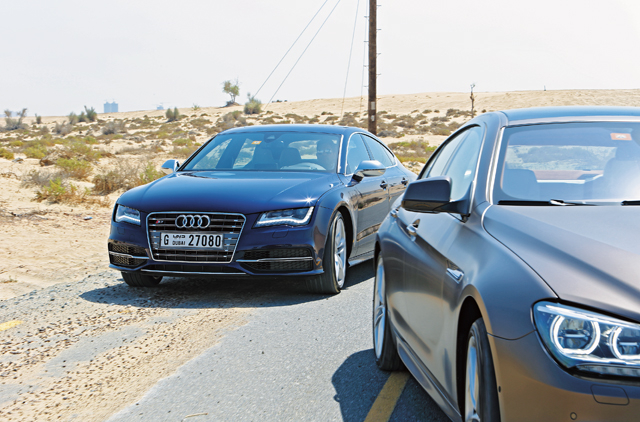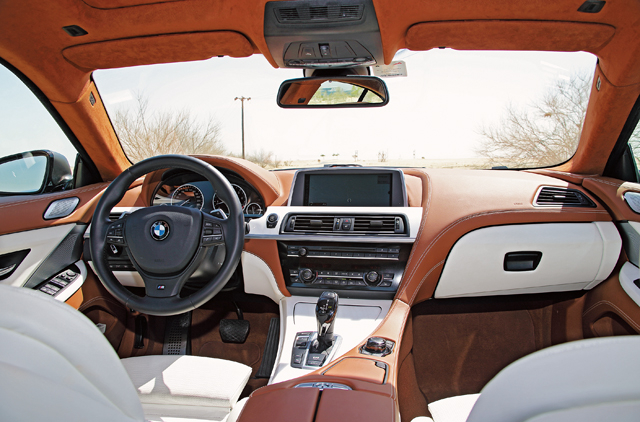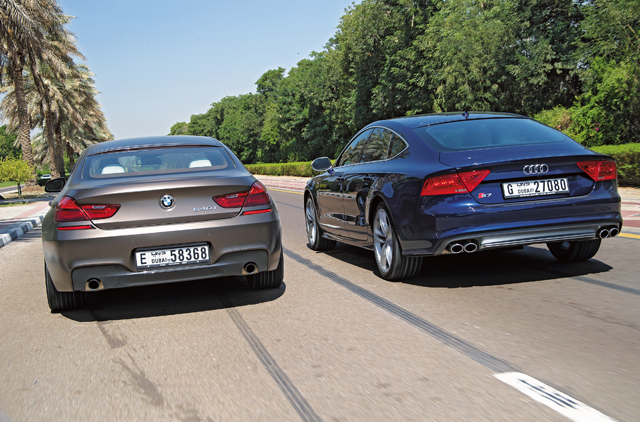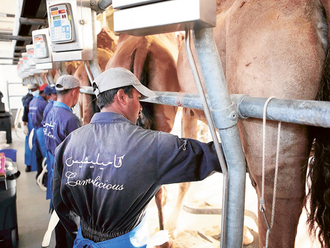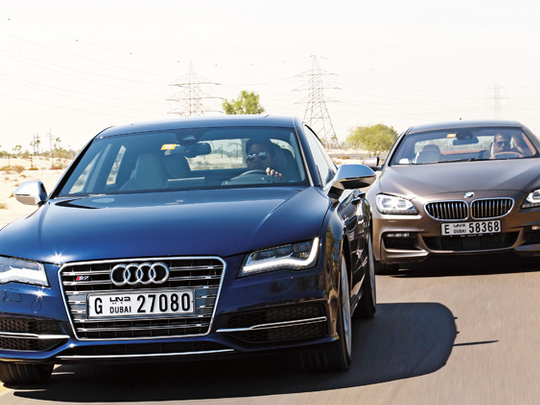
I have always imagined car manufacturers’ turbo people to be bespectacled, side-parted, ink-stained engineers with PhDs and a suspiciously proficient knowledge of sucking, while supercharger guys were in my mind people named Billy-Ray who climbed down from a John Deere to try their hand with the latest push-rod, two-valve per cylinder V8 and see how much extra air they can slurp from the atmosphere.
Turbo people were at the top of the automotive technological ladder in Formula 1, and supercharger guys were in Kentucky backyards snapping drive belts. So that’s where my bigoted misconception comes from - turbo equals sophisticated; supercharger equals redneck. In that case the people of Ingolstadt really need to up their SPF factor because their necks are third-degree burned.
Audi’s supercharged 3.0-litre V6 is a marvel of internal combustion, and it simply amazes at just how fancy blowing up a mixture of fuel and air can be. Still, Ingolstadt’s population was obviously a little self-conscious about supercharging that delicious engine all the way past 300bhp that they had to call it a 3.0T (for Turbo) to save face. It wasn’t enough it seems, and just to further prove that they’re not all roadkill-eating hillbillies, the town of Ingolstadt has turned its attention to turbocharging not once, but twice, its latest 4.0-litre V8.
In fact it turned out so great it attracted the attention of the good people of Crewe and their Bentley factory, and those are the kind of folks that say “I beg your pardon my old chap,” instead of just “Get lost,” like the rest of us. Now that’s sophistication. The gorgeous Audi S7 Sportback uses the same engine as the S6, the S8, and the S6 Avant which we sinfully don’t get in the Middle East unless you special-order it. Oh, and of course a host of new Bentleys.
In the S8 this thing effortlessly delivers more than 500 horsepower to all four wheels via a seven-speed transmission (3.0-litre gets a ZF eight-speed), but lower down the numerical order you’ll only get 420bhp and 550Nm of torque. Only, you see. With cylinder on demand technology the engine is reasonably economical too, returning a combined effort of about 12 litres-per-100km, if you can somehow sustain from smashing a size 10 hole in the aluminium firewall because the V8 sounds as delicious as a lamb chop crackling on a grille.
The year 2012 has been epitomised for me by just a handful of experiences: 12C Spider, Boxster S, 86, Audi/Bentley twin-turbo V8. It really stands out even in a sea of excellent, modern, direct injection engines from everywhere you look. It also stands out even next to BMW’s smoother-than-Brook-Benton straight-six turbocharged 3.0-litre.
We all know this supremely balanced powerplant can churn out anywhere between 300bhp and 450bhp or more (cue the upcoming M4), but in the imposing new 6 Series Gran Coupé it serves the rear wheels exclusively with 316bhp and 450Nm of torque at 1,300rpm; 100 revs sooner than maximum twist in the S7.
But this isn’t as one sided as you’d think: the aluminium-heavy S7 is also just plain old heavy at over two tonnes, while the big 6 Series tips the scales gingerly with 1.8 tonnes. That’s a huge difference, no doubt in part due to Audi’s Quattro drivetrain, and it gives the S7 a power to weight ratio of 205bhp per tonne, bringing the BMW closer in this fight with its 175bhp per tonne. We’re on. Or not quite.
Lining up side by side, the S7’s launch control feature (which Audi doesn’t even admit is there, presumably for the very reasonable fear of journalist-induced abuse) detonates all four tyres off the line with a 0-100kph time of 4.7 seconds – just about as quick as a 4.2-litre R8 – leaving the Gran Coupé scrambling for rear-drive grip as it manages the same run in 5.4 seconds. I know which one I’d choose over a mountain pass, however.
The BMW’s stiff ride doesn’t befit the car’s elegant nature otherwise, but its snappy and aggressive front end is brilliant in the twists and turns, while the Adaptive Drive chassis and electronic mappings, when set in Sport Plus mode, give it the behaviour of a sportscar with a build sheet that got mixed up with a saloon. The rear end pivots wonderfully and 316bhp seems just about enough to power oversteer on demand when the little orange sliding car is displayed in your digital instrument binnacle.
BMW is sticking to electro-hydraulic steering, as is everyone else, and the chunky M Sport steering wheel lacks in communication, but makes up for it with a quick ratio and immediate response. Audi’s tiller is much too subdued with too many differing characters; now it’s tight, now it’s loose, now it’s light, now it’s heavy… The S7 takes the cake on a long cruise and during daily driving though.
While the BMW lurches slightly through its eight-speed automatic, the Audi’s gear shifts are simply imperceptible, the optional 20in tyres more supple compared to Munich’s aggressive choice of rubber, the air suspension supple, and the serene pull of the V8 more akin to a GT than the anxious power delivery of the BMW. Step on it though, and the force-fed V8 makes all the right noises, like thousands and thousands of detonations taking place right inside your ear canal. In short, Audi for the highway, BMW for the byway.
Moving on to the interiors and the S7 is disappointingly identical to the S6, but only in the sense that a suite in the Pullman is disappointingly similar to a suite at the Address. Both cars compromise on luggage and rear passenger room in the name of svelte beauty – and we can all agree, I think, that they look amazing, but for me the longer and lower Gran Coupé edges it – but the Audi offers more legroom and more boot space.
There are a couple of cheap-ish touches from Volkwagen’s parts bin, yet the fit and finish inside the S7 is second to none. Some won’t like the sat-nav and MMI display in its pop-up position, though perhaps it’s a logical placement in case the screen isn’t optioned. MMI itself is still great to use, however BMW’s system seems more intuitive to me, as well as more feature-rich.
Options fitted to our 640i tester include the brilliant Bang & Olufsen sound system, BMW Individual interior trim in pimp white, and seats that adjust in any way possible, while Audi’s front thrones even offer massaging options. Both cars feature switchable stop-start systems for token fuel savings, but the addition of rowdy sports modes in both also mean you’ll be on first name terms with your local pump attendant.
However hard the Audi tries to spice up its interior though, with silver Valcona leather, Bose sound, mood lighting, glass sunroof, and S Line goodies, the BMW is still the much more adventurous car inside and out. Which one should you have? At Dh352,400 for the S7 with a Bentley engine there’s no competition. The Gran Coupé may undoubtedly be the better driver’s car, but Audi’s engine cannot be ignored with its impeccable and seamless power delivery, raucous exhaust note nearer to its 5,500rpm peak, comparably cossetting ride and secure, if not exactly exciting, road manners.
It also starts from Dh335, making the optional equipment on our tester which includes side assist and rear sensors, around-view cameras, and a head-up display, add up to just Dh17,400 extra. The BMW, with less power and less everything (except driving enjoyment), asks for an unjustified Dh112,600 premium over this S7. I beg your pardon my old chap? Get lost.


